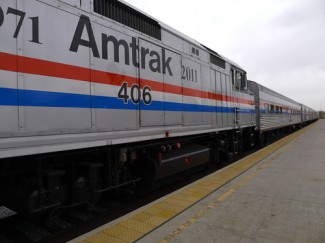Suits over fatal Philadelphia Amtrak crash will depend on what NTSB finds: Was train going too fast?

Image from Shutterstock.
After a fatal Amtrak crash in Philadelphia on Tuesday, it is virtually a certainty that litigation is on the horizon concerning at least some of the seven people killed and over 200 injured.
But until the National Transportation Safety Board completes an investigation, it won’t be clear what direction that litigation should take, personal injury lawyers tell the Legal Intelligencer (sub. req.).
Robert Sumwalt of the NTSB said the train was traveling at 106 mph as it headed into a curve with a maximum posted speed of 50 mph, derailing the engine and all seven cars, CNN reported Wednesday.
If excessive speed is proven, punitive damages could be awarded, Robert Mongeluzzi of Saltz Mongeluzzi Barrett & Bendesky told the legal publication.
“Anytime there’s a train derailment on a speed-limited sharp curve, the primary thing you’re going to look at is excessive speed,” he said, adding: “The fact that the worst, or one of the worst, train disasters in U.S. history occurred there in 1943 and killed 79 people speaks volumes about the safety of the curve.”
Another likely issue will be the condition of the tracks, said Matthew Casey of Ross Feller Casey. “Historically … these kinds of derailments have involved, at least in some respect, poor track maintenance.”



